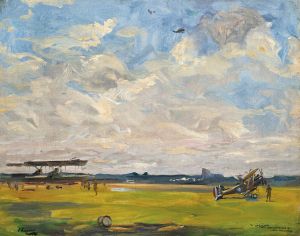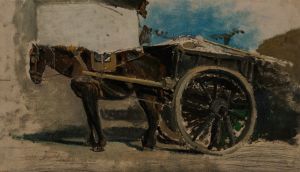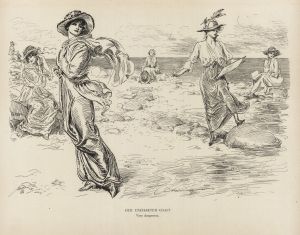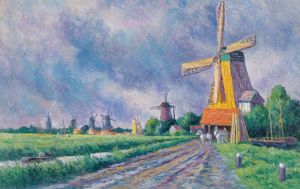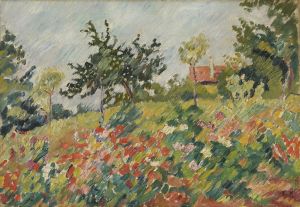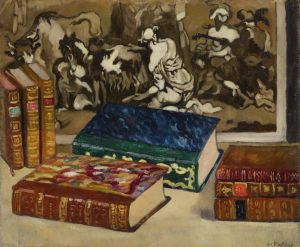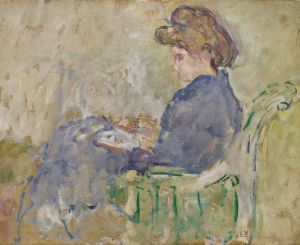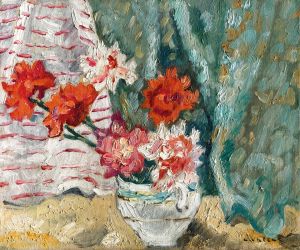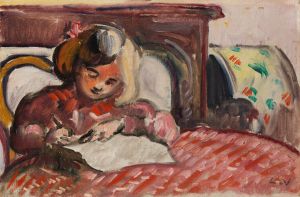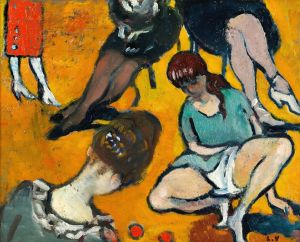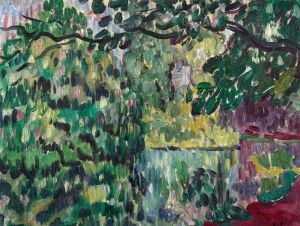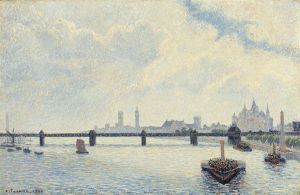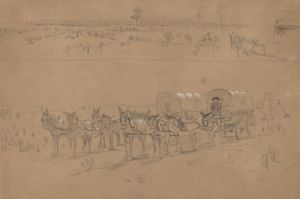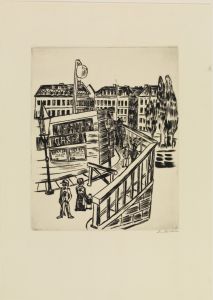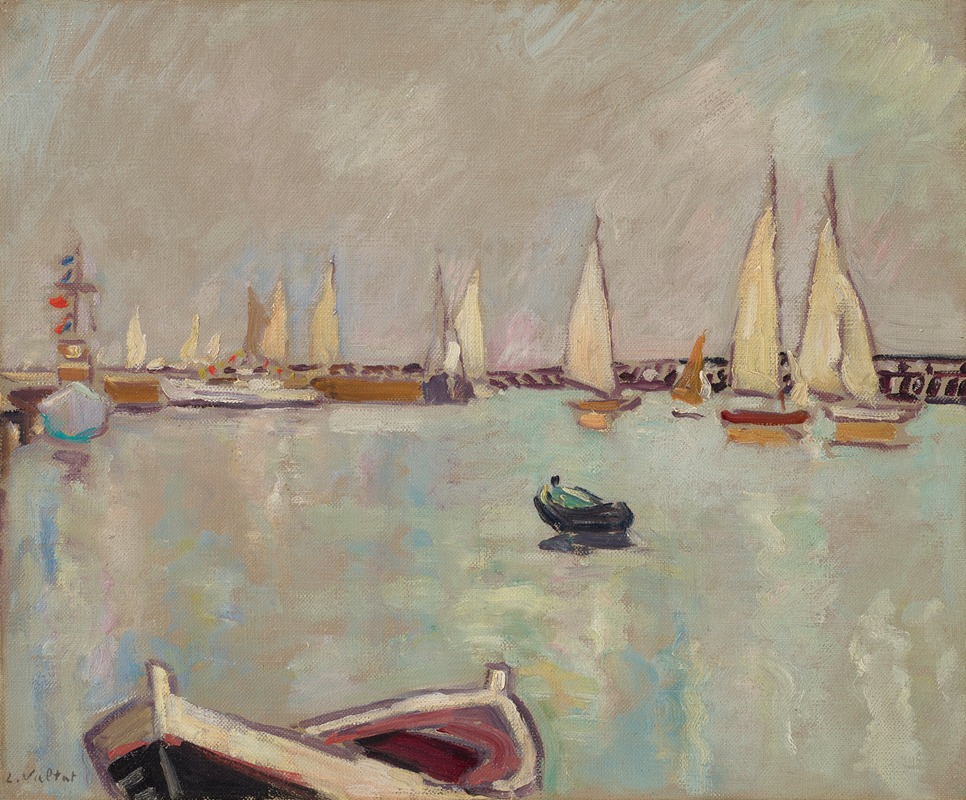
Barques et voiliers à Ouistreham
A hand-painted replica of Louis Valtat’s masterpiece Barques et voiliers à Ouistreham, meticulously crafted by professional artists to capture the true essence of the original. Each piece is created with museum-quality canvas and rare mineral pigments, carefully painted by experienced artists with delicate brushstrokes and rich, layered colors to perfectly recreate the texture of the original artwork. Unlike machine-printed reproductions, this hand-painted version brings the painting to life, infused with the artist’s emotions and skill in every stroke. Whether for personal collection or home decoration, it instantly elevates the artistic atmosphere of any space.
Louis Valtat was a French painter and printmaker associated with the Fauvist movement, known for his vibrant use of color and bold brushwork. Born in 1869 in Dieppe, France, Valtat studied at the École des Beaux-Arts and the Académie Julian in Paris, where he developed his distinctive style. Although he is not as widely recognized as some of his contemporaries, Valtat's work contributed to the evolution of modern art in the early 20th century.
"Barques et voiliers à Ouistreham" is one of Valtat's paintings that captures the essence of his artistic approach. The title translates to "Boats and Sailboats at Ouistreham," indicating the subject matter of the painting. Ouistreham is a commune in the Normandy region of northwestern France, known for its port and seaside views. This setting provided Valtat with a picturesque landscape that he could explore through his Fauvist lens.
Fauvism, the movement with which Valtat is often associated, emerged in the early 1900s and is characterized by its use of non-naturalistic colors and expressive brushwork. Artists like Henri Matisse and André Derain were leading figures in this movement, and while Valtat's work shares some similarities, he maintained a unique style that set him apart. His paintings often feature vivid colors and a sense of spontaneity, capturing the light and atmosphere of the scenes he depicted.
In "Barques et voiliers à Ouistreham," Valtat likely employed his signature use of color to convey the vibrancy of the coastal environment. The boats and sailboats, central to the composition, would have been rendered with bold hues, contrasting with the natural tones of the sea and sky. This technique not only highlights the subject matter but also evokes the lively and dynamic nature of the port town.
Valtat's work often reflects his interest in capturing the effects of light and color, a hallmark of the Impressionist influence that preceded Fauvism. However, unlike the Impressionists, Valtat and his Fauvist peers were less concerned with realistic depictions and more focused on the emotional impact of color. This approach allowed Valtat to create works that were both visually striking and emotionally resonant.
Throughout his career, Valtat exhibited his work alongside other prominent artists of his time. He participated in the Salon des Indépendants and the Salon d'Automne, where he gained recognition for his innovative use of color and form. Despite not achieving the same level of fame as some of his contemporaries, Valtat's contributions to the art world were significant, influencing future generations of artists.
"Barques et voiliers à Ouistreham" exemplifies Valtat's ability to transform a simple maritime scene into a vibrant and expressive work of art. Through his use of color and composition, he captured the essence of the Fauvist movement while maintaining his unique artistic voice. Today, Valtat's paintings are appreciated for their boldness and beauty, offering a glimpse into the early 20th-century art scene and the evolution of modern painting.





